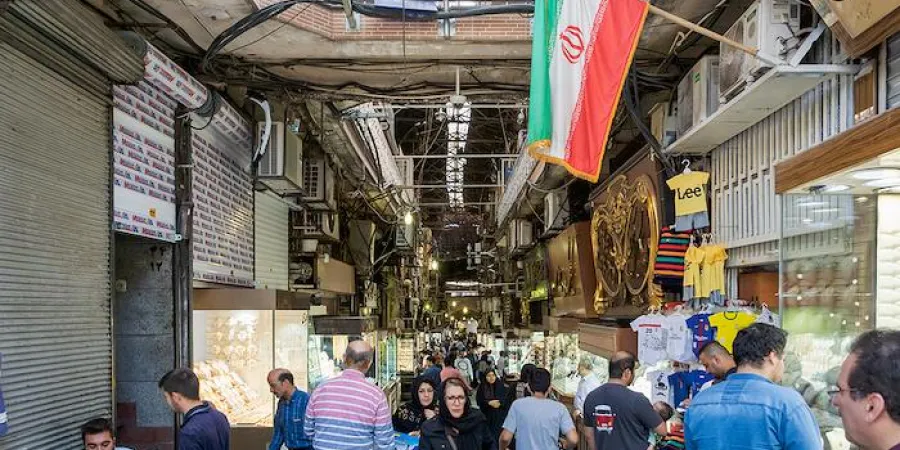Iranian-Chinese cooperation in intelligence collection
The two countries agreed to build joint intelligence collection capabilities in Iran for monitoring and internal control. The project includes the installation of millions of cameras in major cities
Cmdr. (res.) Eyal Pinko
|
14/09/2020
Under the strategic agreement between China and Iran that was signed recently, the countries agreed to build joint intelligence collection capabilities in Iran.
The main capability that will be built is for internal monitoring and control in Iran that will enable close surveillance of the population, similar to that of China. This capability, which will be operated by the Revolutionary Guard Corps, will enable the Iranian regime to monitor subversive activities against the regime, crime and espionage. China will start building this infrastructure in November of this year.
The monitoring project includes the installation of more than 15 million cameras in 28 main cities in Iran. The cameras will be interfaced with control centers in Iran and China. The control systems operated in the centers will be interfaced not only with the camera systems but also cellular phone networks, government databases, personal and bank records and more. The control systems are to automatically monitor people's behavior using a combination of data and smart algorithms of AI, and indicate unusual behavior. This capability actually enables the creation a complete digital identity of every resident of the country, enabling complete surveillance of the person's conduct.
The infrastructure for collection of data within Iran (and also its transfer to China) will be based on Chinese internet, encryption and information security capabilities.
The Revolutionary Guard's capability to monitor the population significantly strengthens its political power in the country (anyway, they are almost ruling the country in practice), and provides them with additional tools in the struggle to shape the future of Iran. Moreover, the monitoring capabilities deepen China's foothold in the country and makes Iran more dependent on China.
China sees Iran, one of its main energy suppliers, as a geostrategic partner for implementation of its "Belt and Road Initiative". In the framework of the agreement, China is expected to invest in Iran a large amount of funds to establish factories, transportation infrastructure (including railways), and technological infrastructure. In exchange, Iran is expected to transfer control of state infrastructure, such as sea ports and energy production sites, to Chinese control.
The two countries agreed to build joint intelligence collection capabilities in Iran for monitoring and internal control. The project includes the installation of millions of cameras in major cities
Under the strategic agreement between China and Iran that was signed recently, the countries agreed to build joint intelligence collection capabilities in Iran.
The main capability that will be built is for internal monitoring and control in Iran that will enable close surveillance of the population, similar to that of China. This capability, which will be operated by the Revolutionary Guard Corps, will enable the Iranian regime to monitor subversive activities against the regime, crime and espionage. China will start building this infrastructure in November of this year.
The monitoring project includes the installation of more than 15 million cameras in 28 main cities in Iran. The cameras will be interfaced with control centers in Iran and China. The control systems operated in the centers will be interfaced not only with the camera systems but also cellular phone networks, government databases, personal and bank records and more. The control systems are to automatically monitor people's behavior using a combination of data and smart algorithms of AI, and indicate unusual behavior. This capability actually enables the creation a complete digital identity of every resident of the country, enabling complete surveillance of the person's conduct.
The infrastructure for collection of data within Iran (and also its transfer to China) will be based on Chinese internet, encryption and information security capabilities.
The Revolutionary Guard's capability to monitor the population significantly strengthens its political power in the country (anyway, they are almost ruling the country in practice), and provides them with additional tools in the struggle to shape the future of Iran. Moreover, the monitoring capabilities deepen China's foothold in the country and makes Iran more dependent on China.
China sees Iran, one of its main energy suppliers, as a geostrategic partner for implementation of its "Belt and Road Initiative". In the framework of the agreement, China is expected to invest in Iran a large amount of funds to establish factories, transportation infrastructure (including railways), and technological infrastructure. In exchange, Iran is expected to transfer control of state infrastructure, such as sea ports and energy production sites, to Chinese control.



